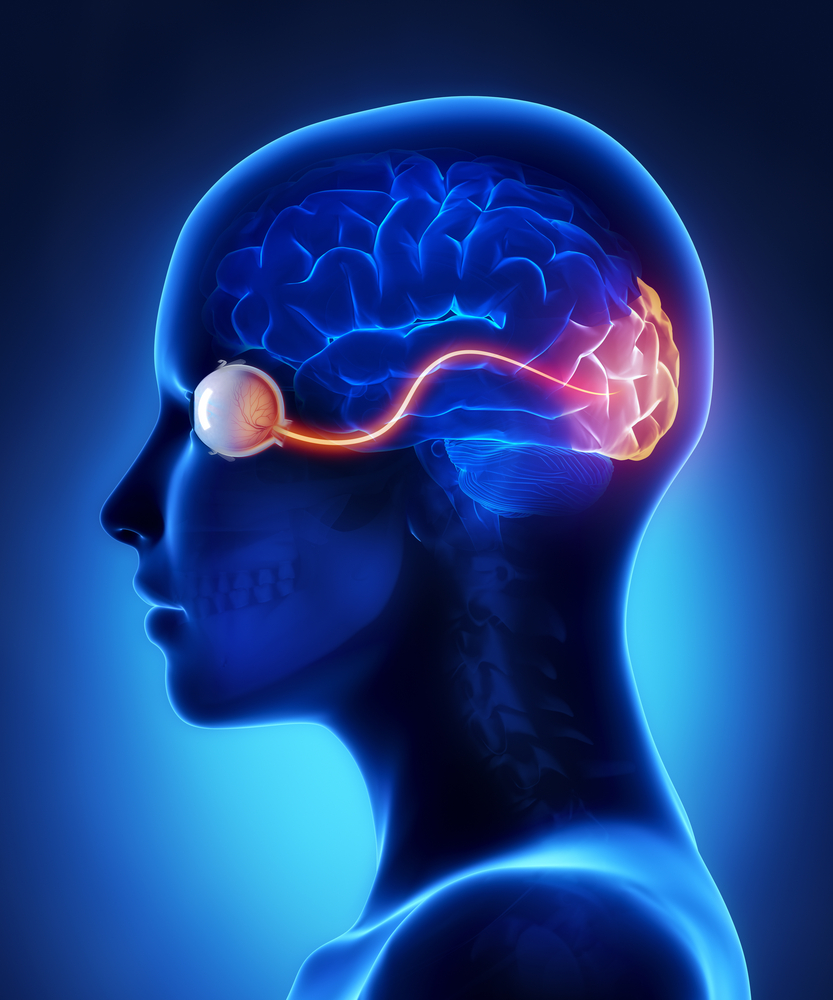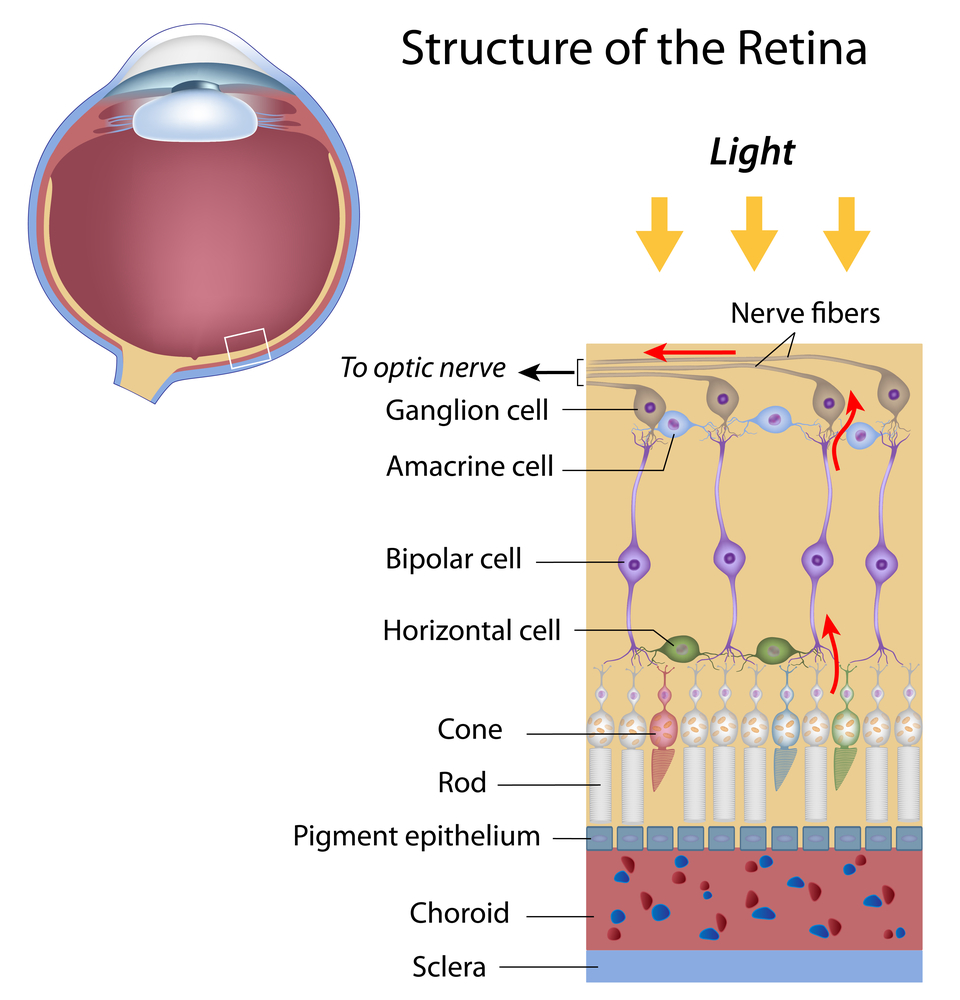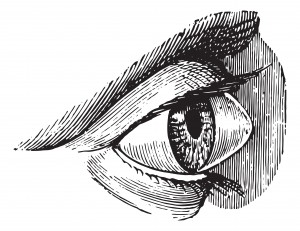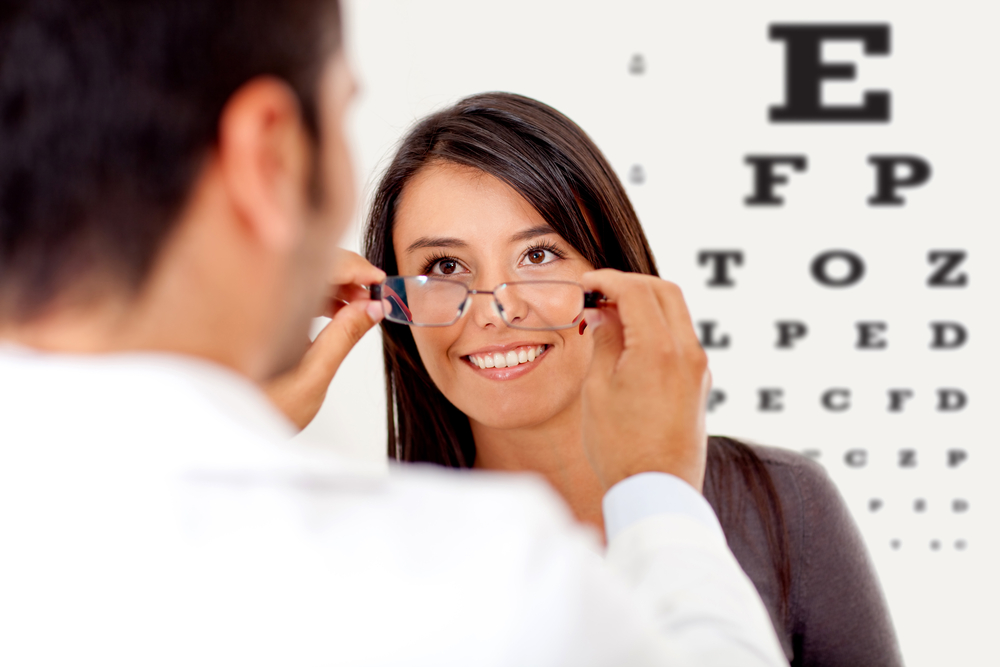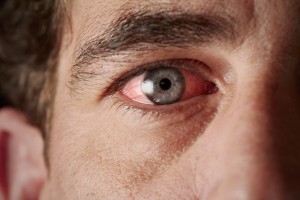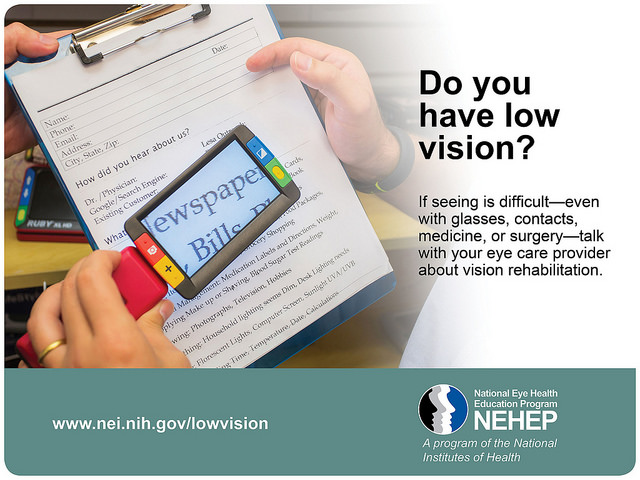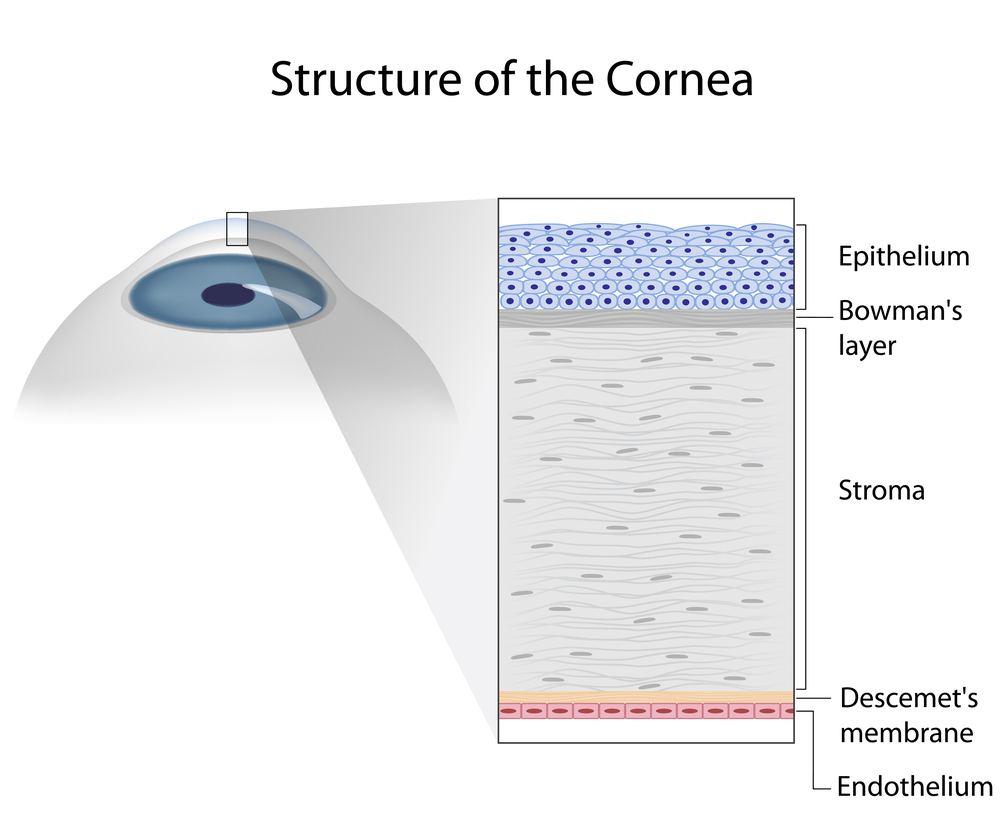The Need for Medical Research Funding
About 1.75 million U.S. residents currently have advanced age-related macular degeneration with associated vision loss, with that number expected to grow to almost 3 million by the year 2020.
About 8.4 million individuals worldwide are blind from primary open-angle glaucoma, with that number expected to grow to almost 11 million by the year 2020.
About 22 million Americans have cataracts affecting their vision, with that number expected to grow to more than 30 million by the year 2020.
The economic impact of this increase of people with vision loss will be tremendous. But right now scientist are working on ways to treat and eventually cure many eye diseases. The only problem is the funding necessary to support this sight-saving research. Here is a look at the decline of medical research funding in the US and what you can do to help.
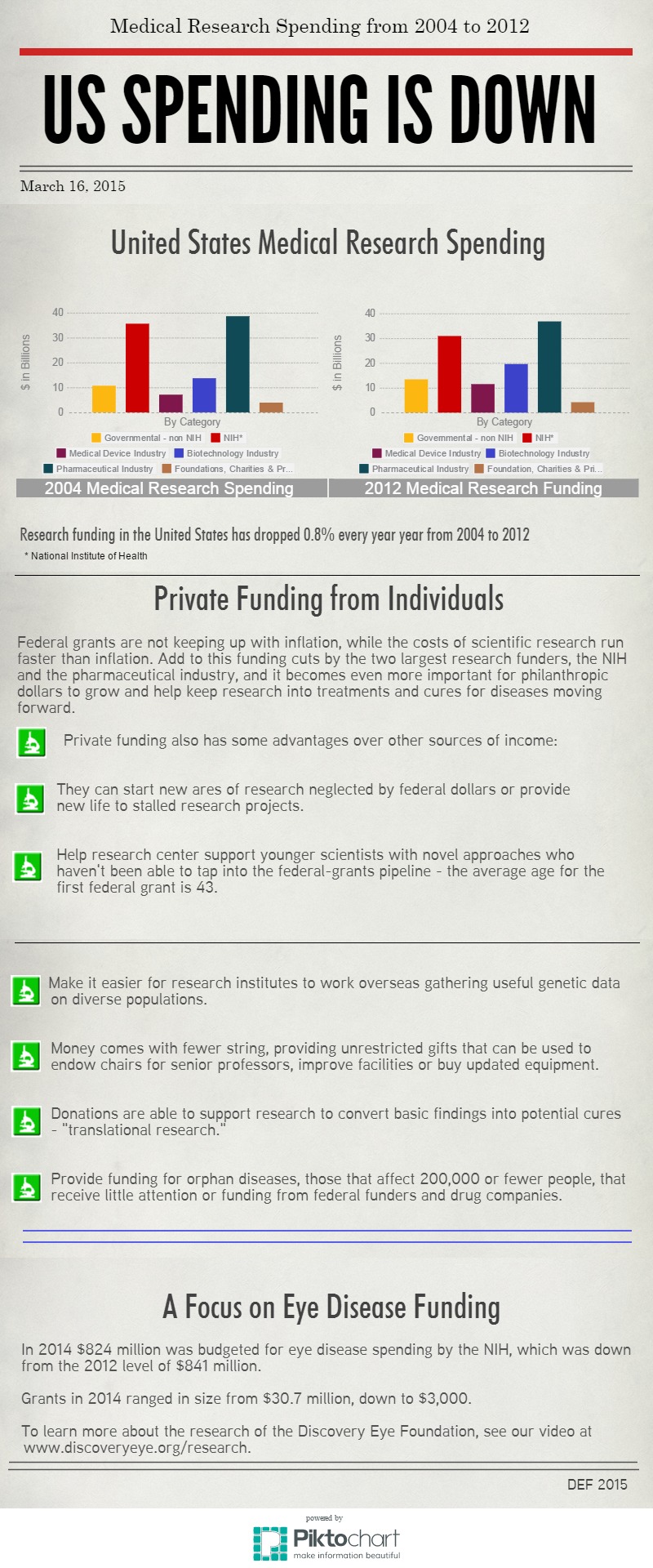
3/17/15
 Susan DeRemer, CFRE
Susan DeRemer, CFRE
Vice President of Development
Discovery Eye Foundation


